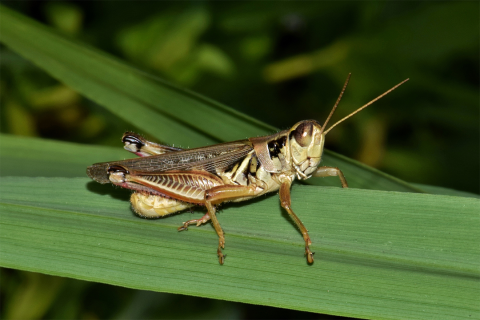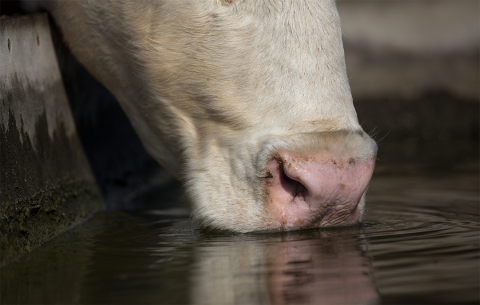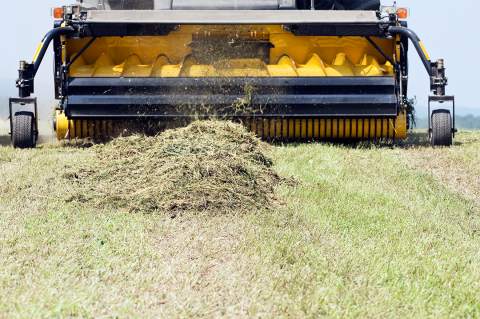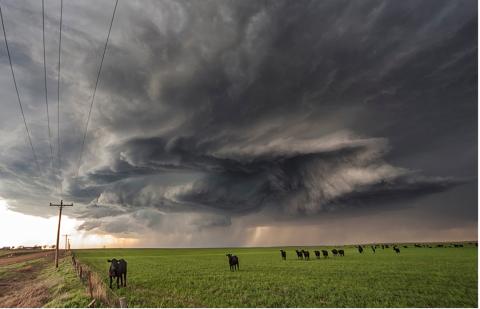Pasture and Forage Minute: Heat Effects on Alfalfa, Stock Tank Algae Control
August 5, 2024
Extension educators outline options for mitigating weeds in summer annual grasses and algae growth in stock tanks, as well as challenges that summer heat may create for alfalfa plants and harvest.
Pasture and Forage Minute: Improving Alfalfa Stands and Hay Bale Storage, Water Hemlock Control
July 31, 2024
Extension tips on identifying water hemlock, interseeding grass to boost alfalfa fields, and reducing weather loss from hay bale storage.
Pasture and Forage Minute: Nebraska Grazing Conference Aug. 6-7
July 16, 2024
Details on the upcoming 2024 Nebraska Grazing Conference, and considerations for mid-season forage evaluations and stable fly management in pastures.
Pasture and Forage Minute: Forage, Insect and Water Quality Issues for Grazing Livestock
July 9, 2024
Extension educators review common issues for producers to bear in mind as livestock graze throughout the summer, including prussic acid, horn flies and face flies, and water contamination.
Pasture and Forage Minute: Considerations for Alfalfa Disease, Harvesting During Wet Summers and Weevil Feeding on Regrowth
June 25, 2024
Recommendations for alfalfa producers on managing windrow disease, navigating rain issues during harvest, and estimating alfalfa weevil thresholds when regrowth feeding has been observed.

Pasture and Forage Minute: Management Considerations for Grasshopper, Poison Hemlock and Yucca
June 20, 2024
Economic thresholds of grasshoppers have been observed in some Nebraska pastures — review the square foot method and insecticide options to begin scouting and control measures.
Pasture and Forage Minute: Hail Damage to Pasture and Hay, Alfalfa Irrigation After a Wet Spring
June 11, 2024
Extension recommendations on reducing the risk of toxic plant consumption for grazing animals, hail damage recovery for pasture and hay fields, and summer alfalfa irrigation following a wet spring.
Pasture and Forage Minute: Alfalfa Harvest Checklist, Managing Pasture Weeds After Drought
June 6, 2024
It's time for first cutting of alfalfa, which is a prime opportunity to assess field condition. Keep these factors in mind during harvest to get ahead of crop issues.






